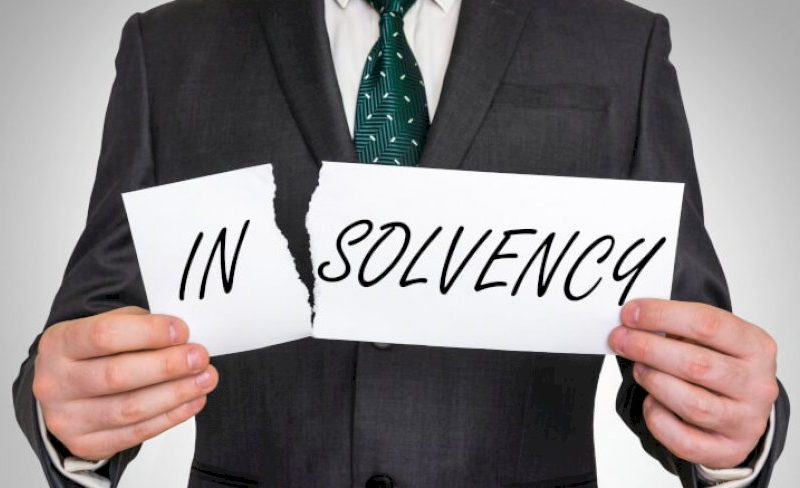
Personal insolvency is a wider term in itself as there are many Insolvency Australia practice rules that one needs to follow while filing insolvency. If any person is unable to pay their debts, then the Personal Insolvency Agreement (PIA) being introduced by the Personal Insolvency Act 212 is one of the 3 debt resolution mechanisms for them. People in various situations can use these systems to find alternative answers. Many companies can help you in dealing with a personal insolvency issue. As the process is vast, hence it demands an extra dose of attention.
Read the post till the end to know about how to deal with a personal insolvency issue.
Key Terms of Personal Insolvency Agreement
Here are some of the key terms of the personal insolvency agreement:
- 6 years must be the maximum span of the agreement but if there are any circumstances listed in the terms of the arrangement, then it can be extended up to one year.
- The PIA must make a clear distinction between secured and unsecured obligations, as well as provide provisions for how the creditor’s security will be handled. They may get complete security value or in case the property is sold then the full amount of debt unless your secured creditors agree otherwise. If they agree to take less than the entire value of the security, if the security is sold for more than the value predicted at the time of the arrangement, they will be entitled to a clawback.
- All your leftover debts to your unsecured creditors will be discharged if you keep to the agreement terms.
- Unless the proposed arrangement permits for a compromise agreement and the creditor has agreed in writing to accept it – see ‘Excluded and excludable debts’ above – you still hold the liability for some debts.
- Monetary penalties or fines arising as a criminal offense liability cannot be discharged by the PIA.
- The reasonably essential assets for your business or employment need not be sold unless you want to make such a sale.
- There will be enough time with you for maintaining a reasonable living standard for your dependents and yourself.
- It must not cause you to sell or vacate your major private abode (your house) unless certain requirements are met.
- The treatment of the debts in the event of your mental illness or demise must be clearly outlined.
- A review of the circumstances by the personal insolvency practitioner during the currency of the PIA must be provided at regular times. A new Prescribed Financial Statement is prepared in this review that is then forwarded to the creditors.
- It must account for the fees charged by the Personal Insolvency Practitioner.
Detailed Process of Personal Insolvency Agreement
A Personal Insolvency Practitioner is a person through whom you should make your proposal. This is a licensed professional who will represent you during the Personal Insolvency Arrangement.
When making the direct proposals to the creditors for the Debt settlement arrangement or the PIA, there are some standard protocols developed by ISI that need to be observed by the Personal Insolvency practitioner.
For checking if you meet the conditions for the Personal insolvency agreement or not or to know about the alternative options or the results and the financial expenditure you may incur, all you need to do is to present all your financial details to Personal Insolvency Practitioner.
Giving true and crystal clear information about your financial circumstances, the PIP will assist you well in completing a Prescribed Financial Statement as an imperative step of your application.
You must also state that you have been unable to reach an alternative repayment arrangement with your creditor(s) or that your creditor(s) have acknowledged in writing that they are reluctant to enter into one about your major private dwelling.
For enabling ISI to process your application, for making your inquiries, for disclosing personal data to creditors, your written consent is required. Also, written consent is required for enabling the PIP for your data disclosure to ISI.
How To Gain Assistance While Dealing With Personal Insolvency?
Dealing with personal insolvency is not child play. There are many rules to observe and many authorities to hire to follow the process accurately. Well, there are no worries in dealing with personal insolvency as there are many online platforms that help you deal with personal insolvency perfectly and accurately. You can hire a Personal Insolvency Practitioner through these platforms. Connecting with their Australia registered liquidators and Bankruptcy trustees can help you well in following the insolvency practice rules well.
Final Words
Hence, this was how can you deal with the personal insolvency issue. The key point is following the insolvency rules and hiring the best practitioner for you for which you can gain assistance from the best platforms that assist in dealing with the insolvency well. You can also search online for “insolvency practitioners association” and “insolvency trustee service Australia” to get connected with the best insolvency assistance providers.





